I have a certain soft spot in my heart for the French language. I took five years of French in school and feel sure that after all of this indepth study, I might be able to find the train station – la gare, a bathroom – salle de bains, flatter any waiter as “my little cabbage” – mon petite chou and wage war – la guerre, if ever I make it to that city of cities; Paris. I can read signs fairly efficiently, however, reading and speaking are two different things. I may be able to decifer words on a sign, but when speaking off-the-cuff, I eventually descend into a mixture of English and French with a voice growing ever louder as if the object of my discourse is deaf. Most Americans assume that if one does not understand English, the only problem is that the English is not being pronounced slowly or loudly enough.
One of my most memorable excursions into the world of translation occurred when I was in high school and I had finished my third year of this Romance language. We were visiting the Quebec Province of Canada, in a little town where nobody spoke English. Now, if you are honest with yourself about this know-it-all age of 14-18, you will admit that you thought yourself far superior to any adult with a college education and/or work experience. You were in high school and what you were learning was new and different and more advanced than anything adults could have possibly gotten when they were in school! I could regurgitate French phrases to a teacher, and noone else in my family could! Therefore, I was special. I was the authority when it came to coping with menus and the poulet, the bœuf and the jambon. It was with this air of superiority that I announced to my mother, who was anxious about all of our dirty clothes, that I would speak with the motel clerk and get directions to a laundramat.
I want to add here that I distinctly remember the price that we paid for our rooms. We had gotten three motel rooms in this tiny town, to accommodate my father and mother and then two each of us four girls in each room. The grand total of the bill for one night was $18. Even then, in the early ‘70’s, that was pretty incredible. It must have been, to have made such an impression on me. Anyway, I left our suite of rooms to traipse across the lawn to the motel office, little sister in tow. I had already looked in my English to French dictionary to make sure that I knew the word for “laundry”. Since there was no word for “laundramat” I decided that laundry – blanchisserie – was the next best thing. I entered the office and spoke to the nice lady behind the counter. My little sister looked up at me adoringly. I gathered all 5’4” of my high school ignorance and said, in perfect pronunciation – I must say – “Où est une blanchisserie?”
The young woman looked at me quizzically. She said, “Blanchisserie?” I said, “Oui.” My little sister was all the more impressed. We were having a conversation! The woman studied for a moment and then said, “Ahhh!! Oui!” and disappeared into the back room. The next thing we knew, she was bringing me a tall stack of extra towels and sheets with the definitive statement, “Blanchisserie!” I grimmaced and said, “Non. Non. Blanchisserie!” and fell into my best pantomime of washing clothes on a washboard. An air guitar expert had nothing on me. I washed the pretend clothes, wrung the pretend clothes and then hung them on a pretend line. The woman watched my antics with a frown, trying to discern the French words that I was spelling out in theatrics. “Ahhhhhhhh!” she finally said, with the joy of having figured out the answer to a game show question. “Une laundramat!” She drew me a map and I sheepishly took it to my mother and father. I couldn’t gloss over the incident and pretend that I had intelligently conversed with a native so fluently as to have obtained the directions we needed. There were two young eyes who witnessed the whole thing. The good Lord knows how to take us down a knotch.
So, it was with a continuation of that lesson learning, that I have discovered in my research that one of my favorite dishes, Quiche, did not originate in France. All of these years, I have taught my children that Quiche was created in the Alsace-Lorraine region of France, although it could be argued that it is logical that it was named after some Lorraine lady who love to eat it. Not so, mon frère! How will I ever be the brilliant authority figure in my progeny’s lives again? According to foodreference.com, Quiche originated in Germany. I bet you didn’t know or care that the Alsace-Lorraine was actually part of Germany until the late 1500’s! That is one of those things that we all should know. At that time, the area was known as Lothringen. The word ‘quiche’ is based on the German word for an open pie filled with an egg/cream custard and smoked bacon, ‘Kuchen’. The crust of this pie was made from bread dough. The French changed it to a pie crust, added cheese and onions and voila, came up with Quiche Lorraine. It didn’t become popular here in America until the 1950’s, after WWII, when eggs were no longer $1000 a dozen.
With that enthralling bit of information under your belt, you’ll find my recipe for Quiche below. For the base, I use my pie crust recipe that you can also find on the blog. Quiche is great for any meal – breakfast, lunch or dinner – and is fast and easy. You can even make it the night before, leave it in the frig and bake it the next morning.
Now that you know the real history behind this tasty dish, we can no longer say that real men don’t eat Quiche. All men eat eggs and all men love pies, therefore, all men eat egg pies. See? I learned deductive reasoning in high school too!
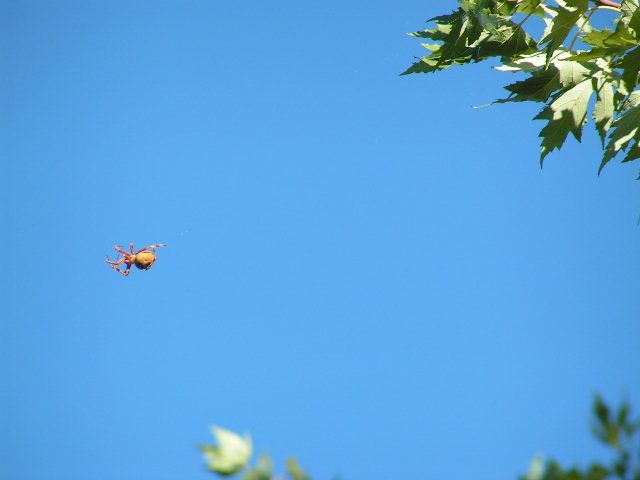
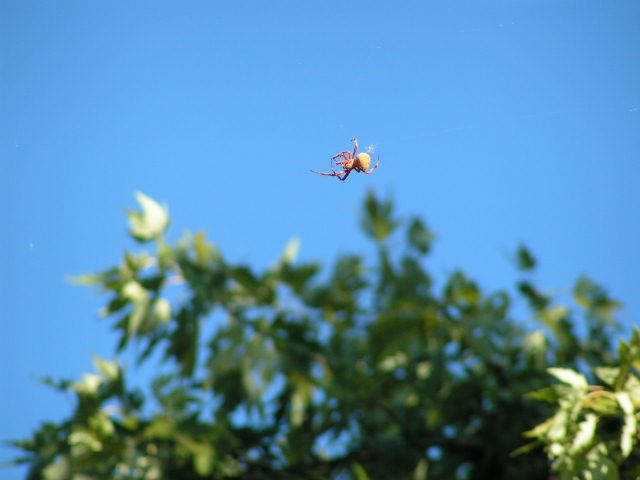
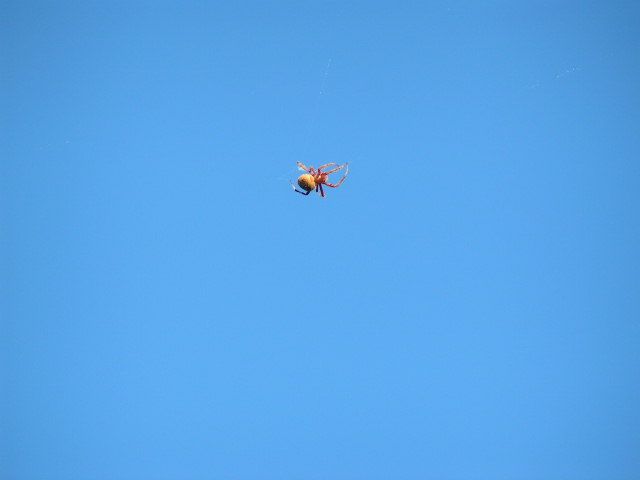


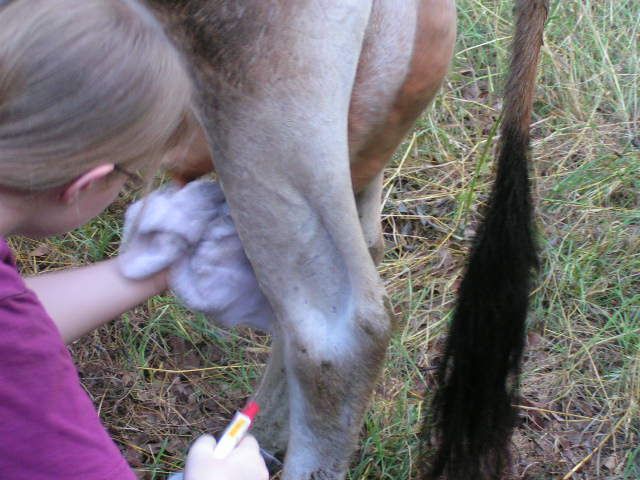
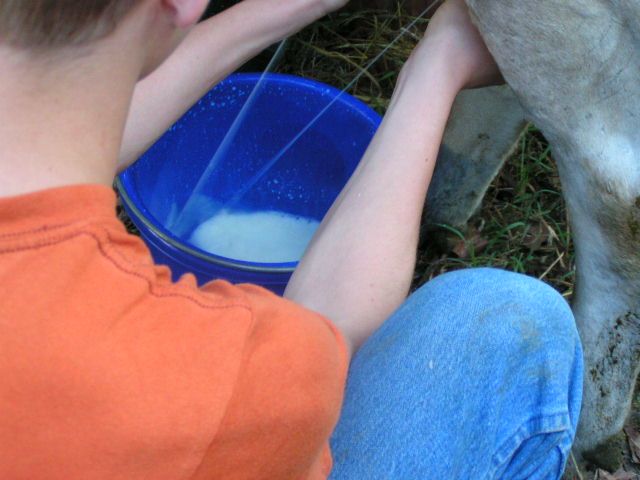
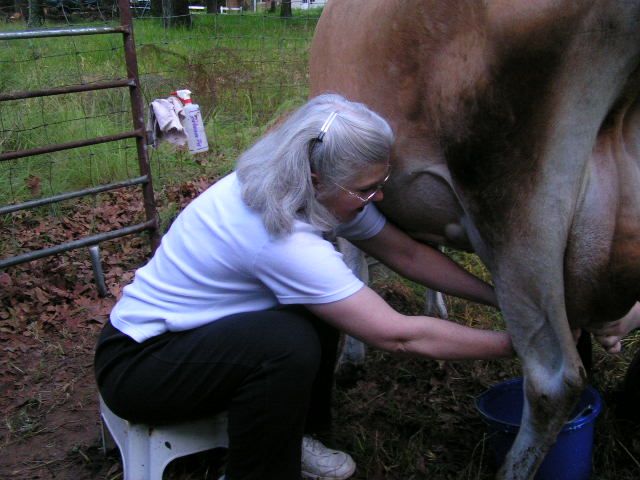
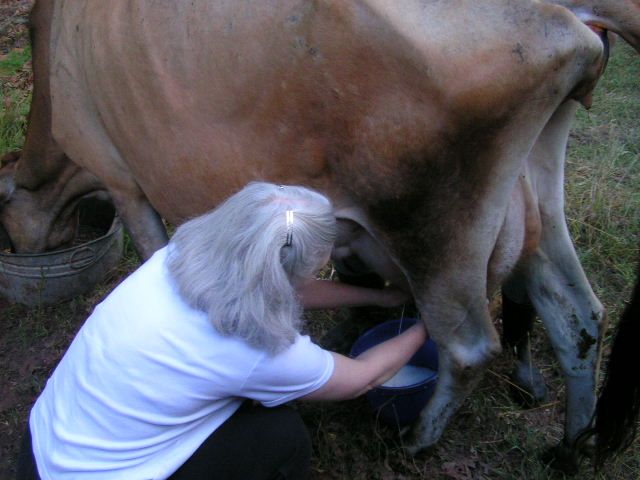
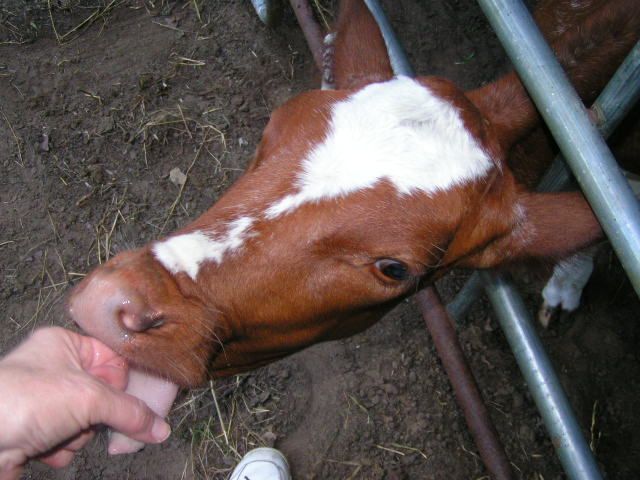
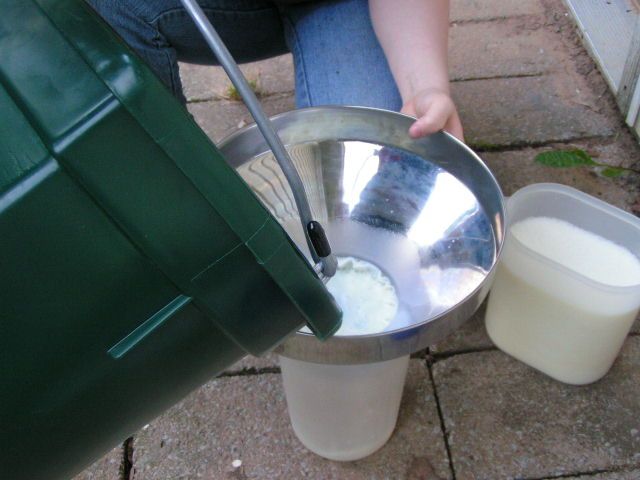
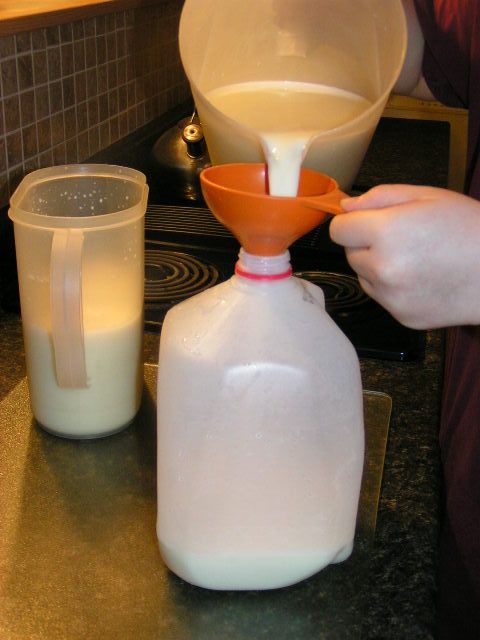













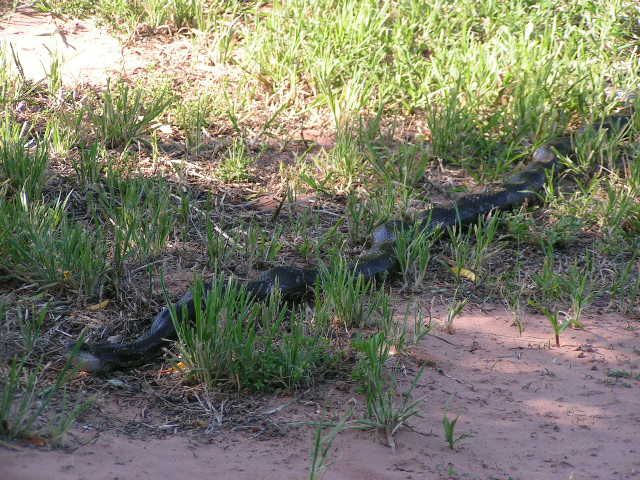







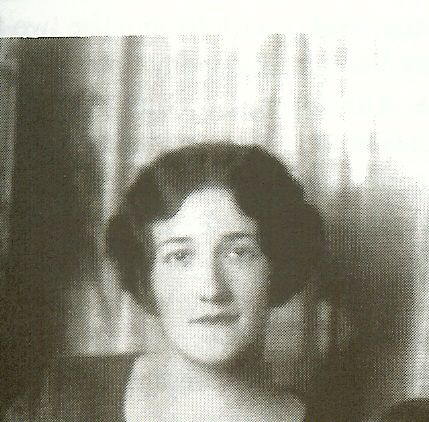


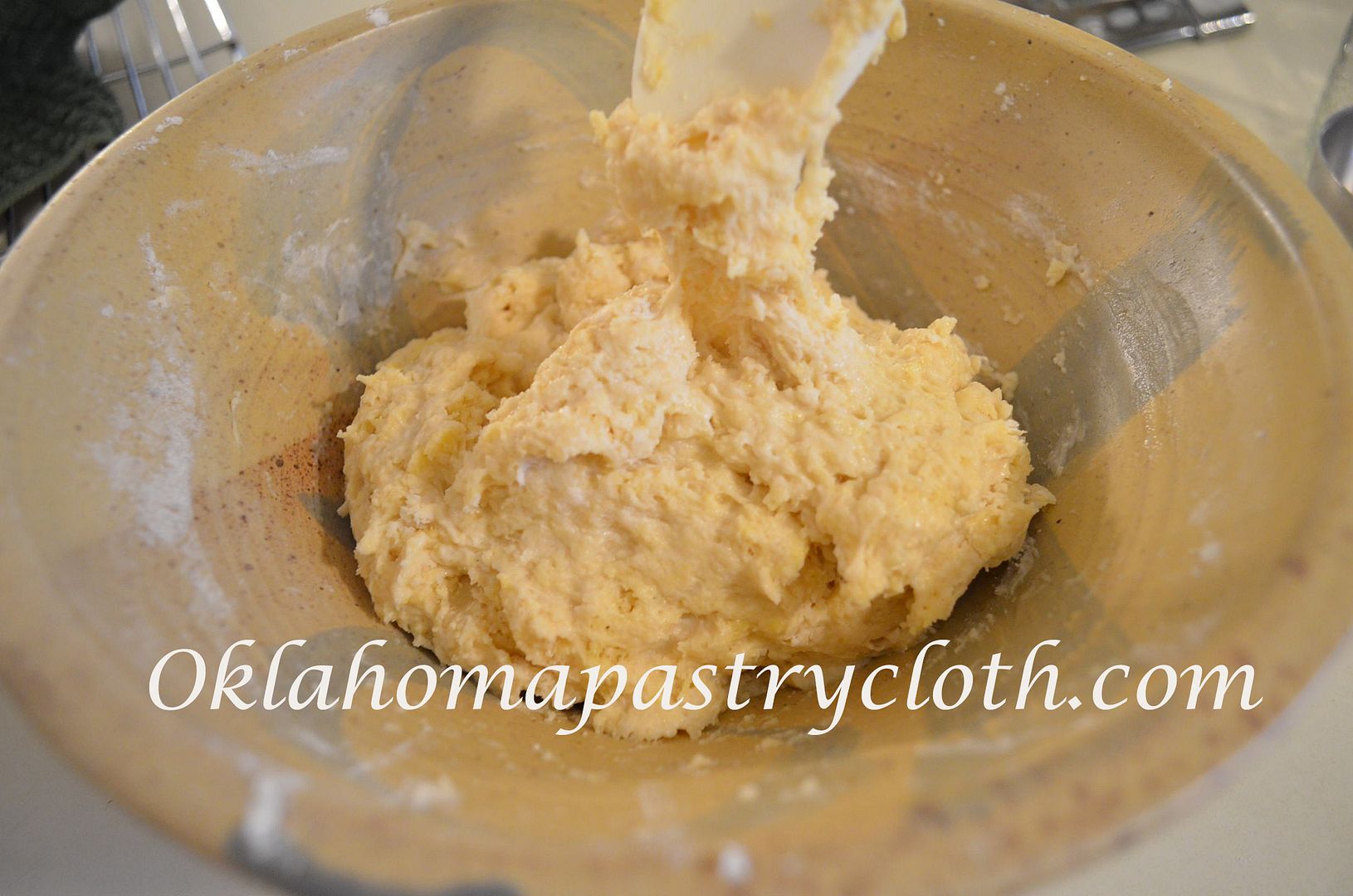


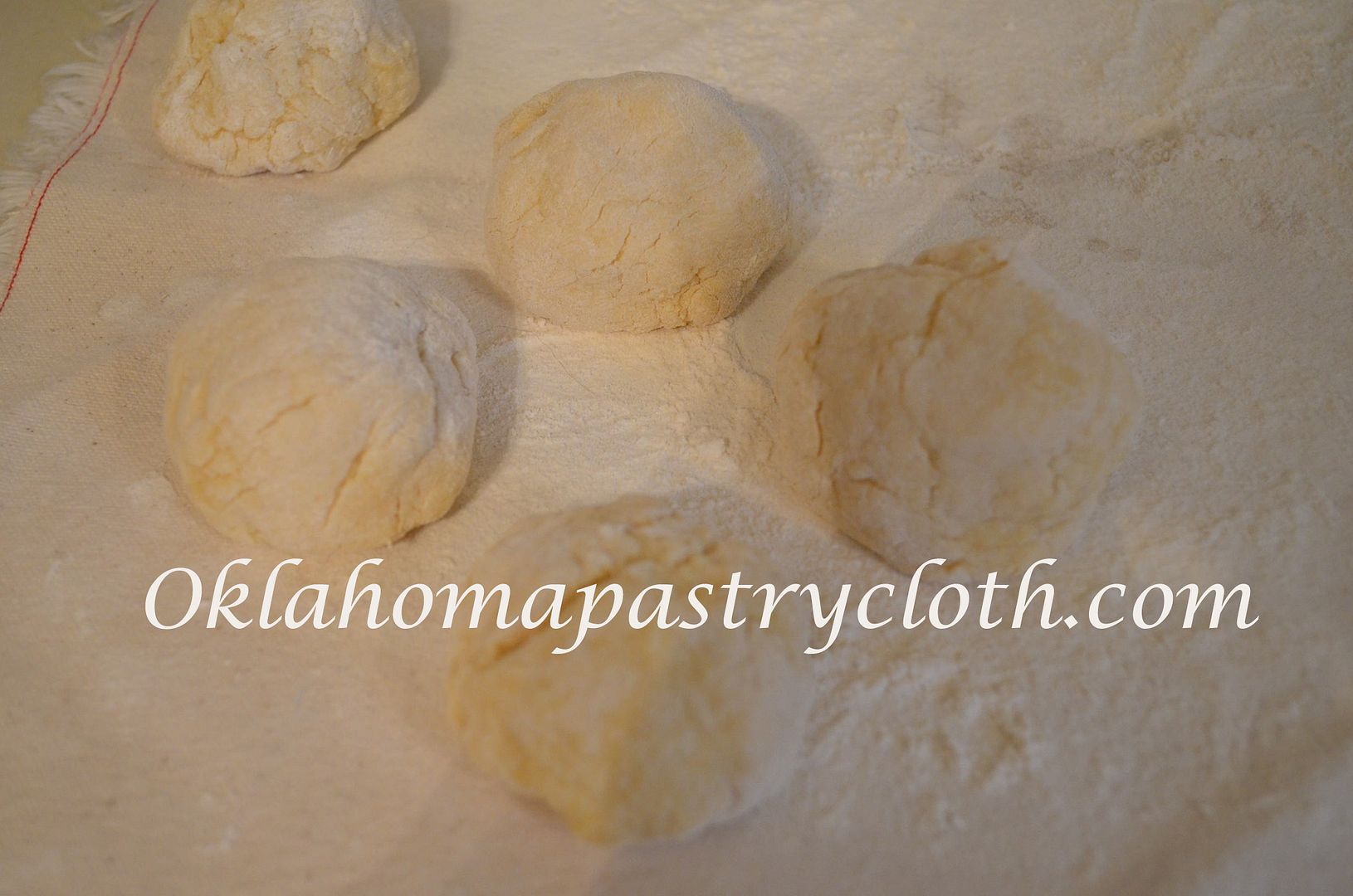

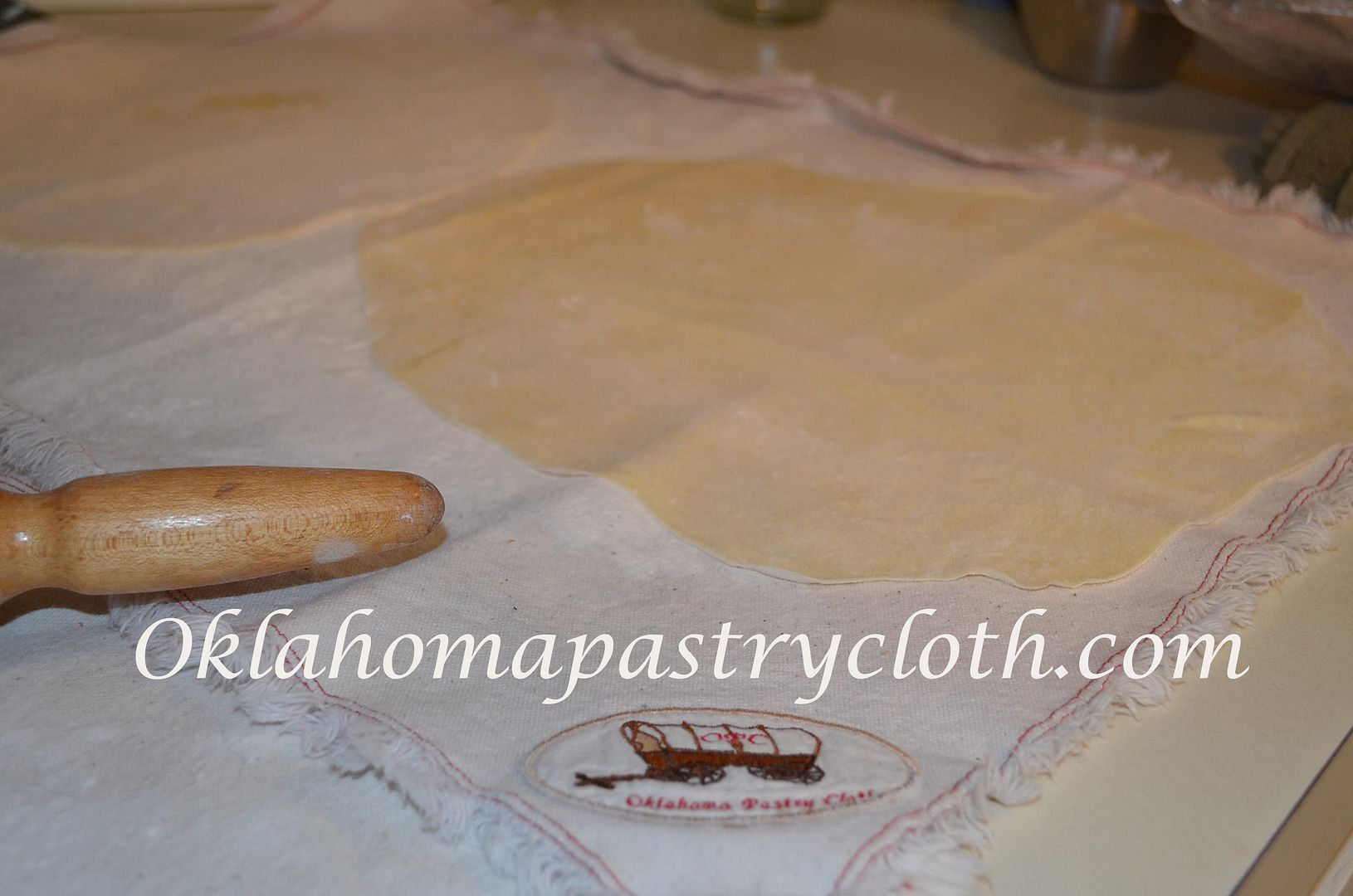
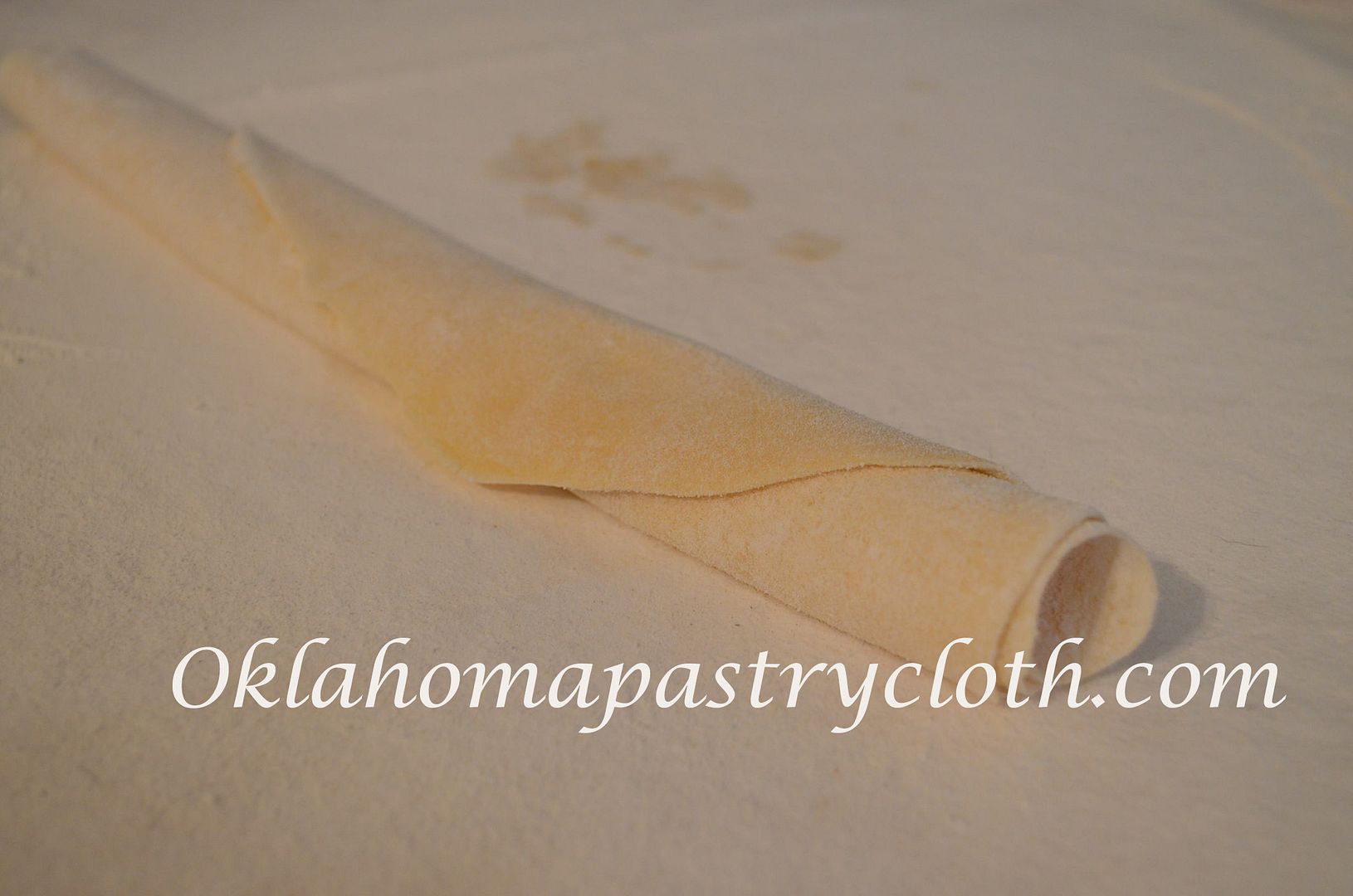
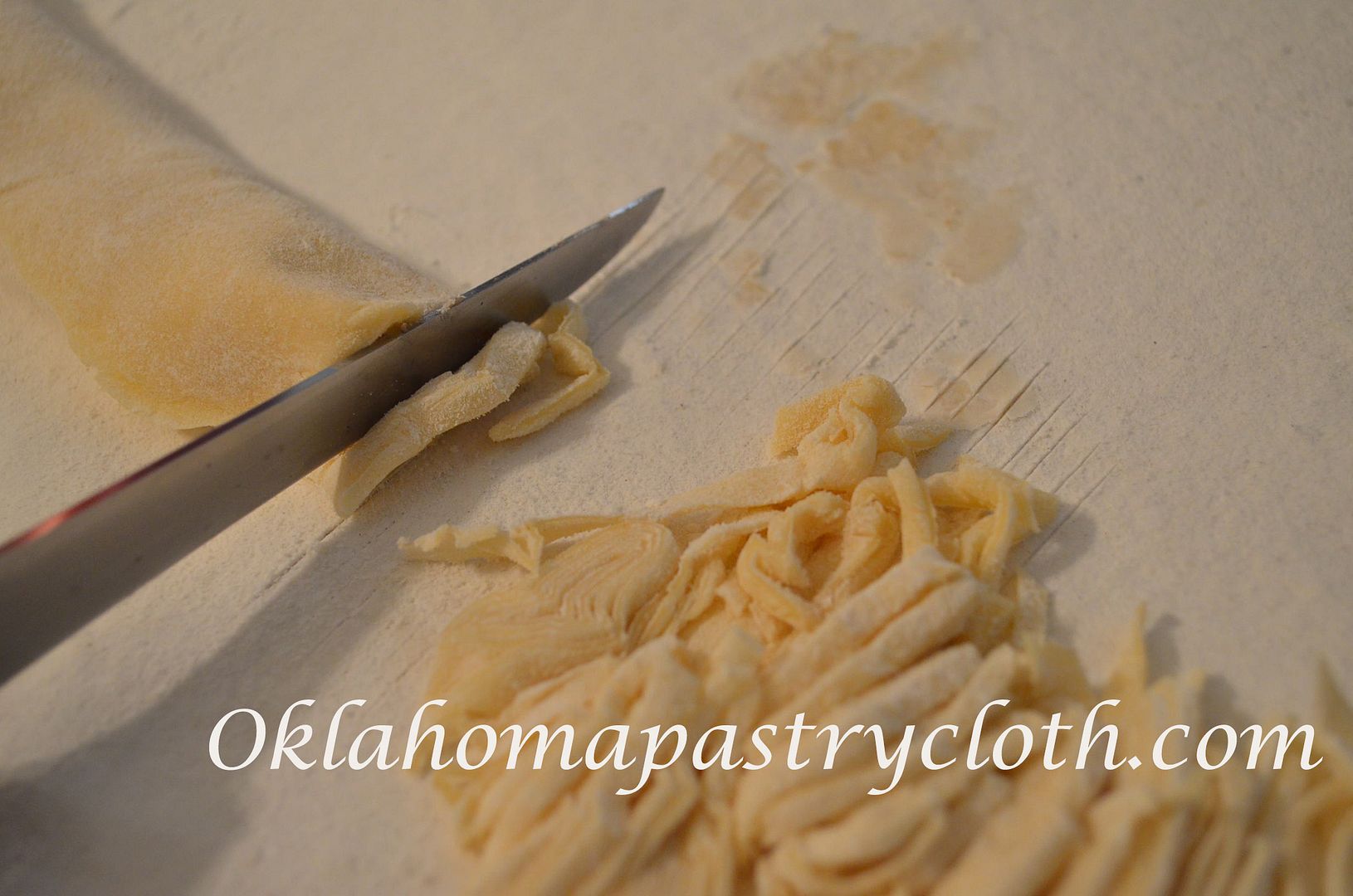




 Homestead Revival
Homestead Revival Paratus Familia
Paratus Familia Rural Revolution
Rural Revolution